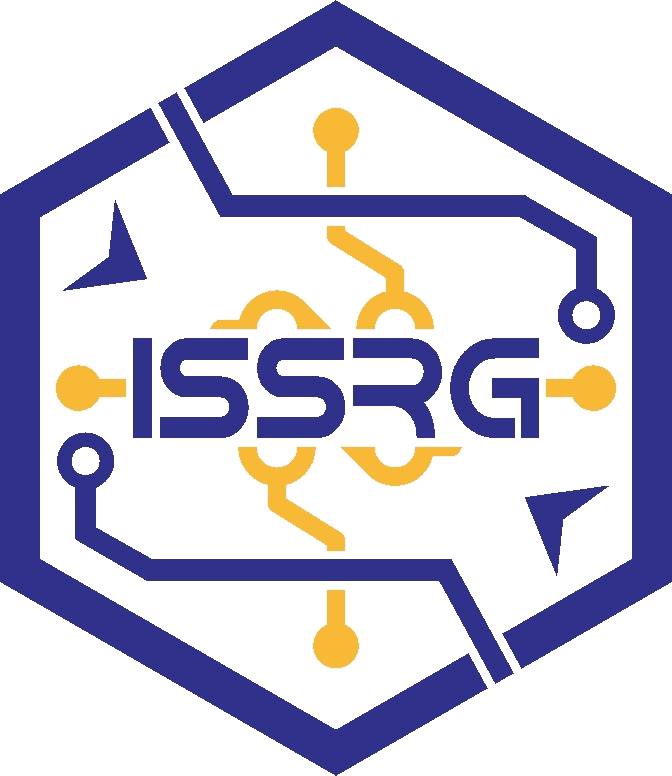Metadata Forensic Analysis as Support for Digital Investigation Process by Utilizing Metadata-Extractor
Abstract
Abstract — The rapid development of technology in the current era, in addition to providing positive impacts, certainly also has negative impacts. In Indonesia, based on data from the Cyber Crime Directorate (Dittipidsiber) website, the crime rate related to the ITE Law (Information and Electronic Transactions) is increasing day by day. This encourages digital forensic investigators to be able to develop a concept or method that can be adjusted to digital cases, for example cases of digital data manipulation such as photos or documents. Metadata is an information structure that describes, explains, places in a place or makes it easier to find something, use or manage and sources of information. Metadata can also be interpreted as data about data or information about information. One method or approach that can be done in cases of digital files (photos, videos or documents) can be done using forensic metadata analysis. This is because metadata stores information related to a file. By developing a library from java (metadata-extractor) based on open source and developed in the Netbeans 8.0 application, it will make it easier for an investigator or forensic investigator to conduct a forensic metadata approach, which is expected from the results can be used as valid evidence in the digital forensic investigation process.
Keywords – Metadata, Digital Forensics, Cyber Crime, Metadata Analysis, Digital Evidence
Full Text:
PDFReferences
Adhiarso, D.S., Utari, P. and Hastjarjo, S. (2019) ‘The Impact of Digital Technology to Change People’s Behavior in Using the Media’, Digital Press Social Sciences and Humanities, 2(2018), p. 00005. Available at: https://doi.org/10.29037/digitalpress.42256.
Ahmed Awan, S. et al. (2022) ‘Digital Forensics and Cyber Forensics Investigation: Security Challenges, Limitations, Open Issues, and Future Direction’, International Journal of Electronic Security and Digital Forensics, 1(1), p. 1. Available at: https://doi.org/10.1504/ijesdf.2022.10037882.
Andreassen, L.E. and Andresen, G. (2019) ‘Acknowledgments’, (December).
Egho-Promise, E. et al. (2024) ‘Digital Forensic Investigation Standards in Cloud Computing’, Universal Journal of Computer Sciences and Communications, 3(1), pp. 23–45. Available at: https://doi.org/10.31586/ujcsc.2024.923.
Hershensohn, J. (2000) ‘I . T . FORENSICS : THE COLLECTION and Presentation of digital evidence’, Communications, 2000(c).
Iqbal, S. and Abed Alharbi, S. (2020) Advancing Automation in Digital Forensic Investigations Using Machine Learning Forensics, Digital Forensic Science. Available at: https://doi.org/10.5772/intechopen.90233.
Kessler, G.C. (2010) ‘Judges’ Awareness, Understanding, and Application of Digital Evidence. Doctoral dissertation. Nova Southeastern University. Retrieved from NSUWorks, Graduate School of Computer and Information Sciences’, (196). Available at: https://nsuworks.nova.edu/gscis_etd.
DOI: http://dx.doi.org/10.26798/jiss.v3i2.1503
Article Metrics
Abstract view : 849 timesPDF - 1096 times
Refbacks
- There are currently no refbacks.
Copyright (c) 2024 Nanda Diaz Arizona, Muhammad Agung Nugroho, Ahmad Rois Syujak, Rizqi Kurniawan Saputra, Istri Sulistyowati
This work is licensed under a Creative Commons Attribution-ShareAlike 4.0 International License.
- https://jurnal.narotama.ac.id/
- https://www.spb.gba.gov.ar/campus/
- https://revistas.unsaac.edu.pe/
- https://proceeding.unmuhjember.ac.id/
- https://ejournal.uki.ac.id/
- https://random.polindra.ac.id/
- https://scholar.ummetro.ac.id/
- https://ejournal.uika-bogor.ac.id/
- https://www.iejee.com/
- https://e-journal.iainptk.ac.id/
- https://journal.stitpemalang.ac.id/
- https://revistas.unimagdalena.edu.co/
- https://catalogue.cc-trieves.fr/
- https://revistas.tec.ac.cr/
- https://jurnal.poltekapp.ac.id/
- https://ojs.ucp.edu.ar/
- https://ihcway.sakura.ne.jp/
- http://www.apps.buap.mx/
- http://media-ojs.vls.icm.edu.pl/
- https://saber.unioeste.br/
- https://cinnda.org/
- https://jurnal.untidar.ac.id/
- https://ojs.adzkia.ac.id/
- https://supp.journalrmc.com/
- https://journal.thamrin.ac.id/
- https://ejurnal.unima.ac.id/
- https://journal.umpalopo.ac.id/
- https://ejournal.upnvj.ac.id/
- https://journal.ittelkom-pwt.ac.id/
- https://ojs.unpatompo.ac.id/
- https://jurnal.staim-probolinggo.ac.id/
- https://jurnal.ppi.ac.id/
- https://revistas.urp.edu.pe/


1.png)



